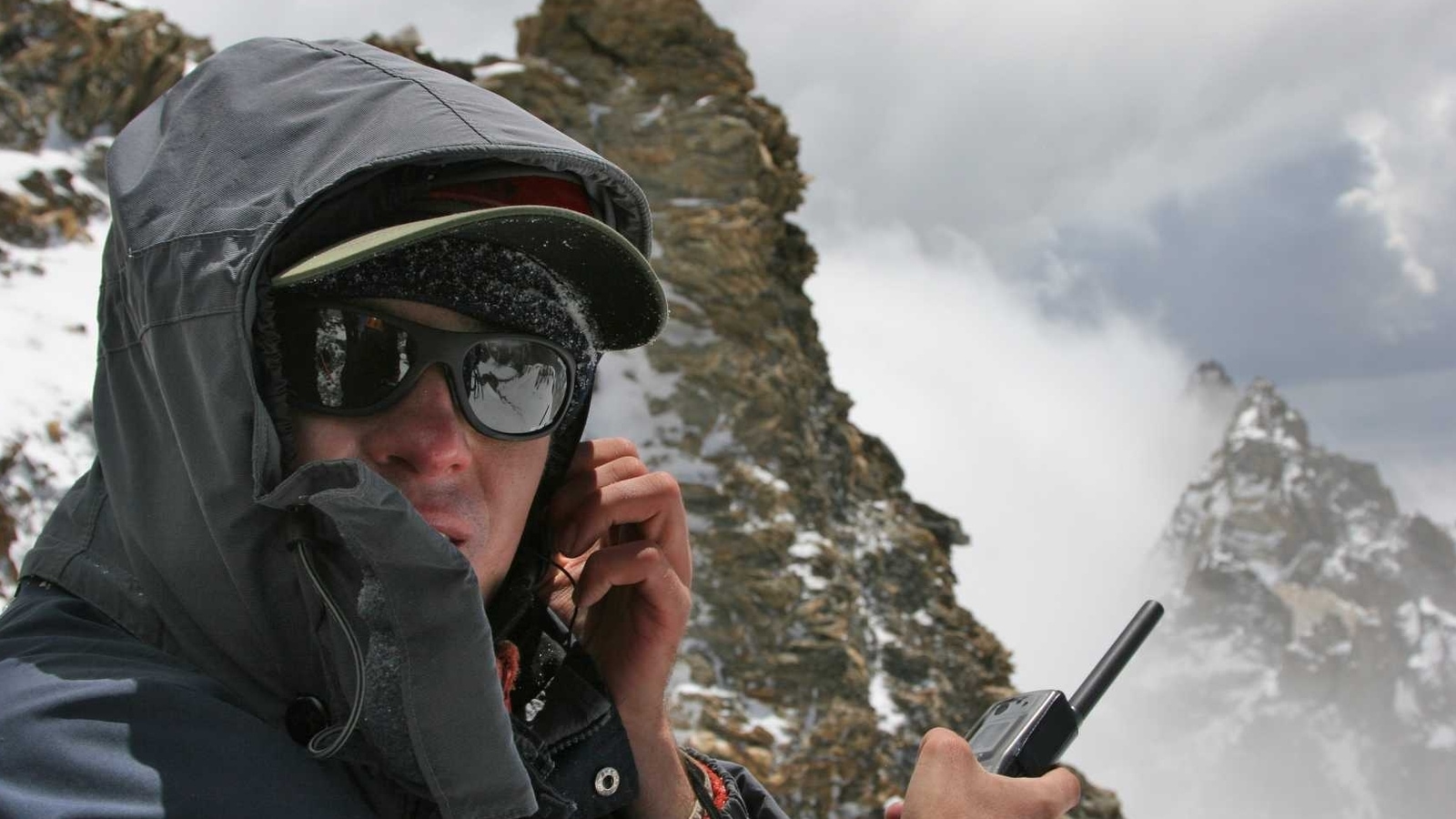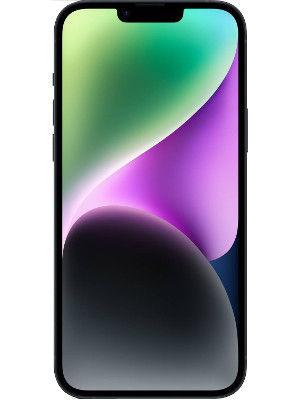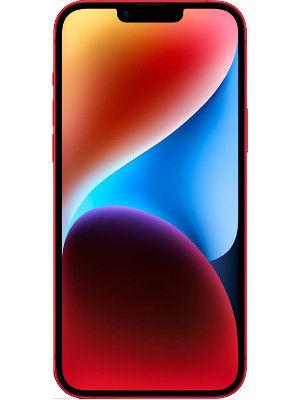Wow! Forget iPhone 14, Connect Your Phone Directly to Satellite!
Connecting mobile phones directly to satellites may not be far off.
_1662620006033_1662620031239_1662620031239.jpg)
_1662620080139.jpg)
_1662620145491.jpg)
_1662620172369.jpg)
_1662620318045.png)
_1662620404439.png)
_1662620557261.png)

 View all Images
View all ImagesDirect-to-satellite mobile-phone service is poised for another try and making it possible is a spacecraft the size of a small apartment. And it is signaling the return of an elusive dream for the wireless industry: service that works through satellites in orbit.
AST SpaceMobile Inc.'s BlueWalker 3, a flat waffle of a spacecraft, successfully deployed on Nov. 10, unfolding to its 693-square-foot expanse, the company said Monday. The craft is a test version for AST SpaceMobile's planned 168-satellite constellation to offer wireless service around the world.
“Every person should have the right to access cellular broadband, regardless of where they live or work,'' Abel Avellan, chief executive officer of AST SpaceMobile, said in a news release. “Our goal is to close the connectivity gaps that negatively impact billions of lives around the world.” AST SpaceMobile shares jumped after the announcement before reversing gains, falling 2.1% at 11:29 a.m. in New York.
AST SpaceMobile partners include AT&T Inc., which sees the possibility of a simple way to connect customers in remote locales that lack cell coverage.
“We're building a suite of services that look exactly like wireless services coming off a terrestrial network, only it's service from the satellites,” AT&T Chief Executive Officer John Stankey said in an interview with Bloomberg News before the satellite unfolded. “You don't want to change anything about the phone. You want it to operate the same way.''
Direct-to-satellite phone service has been a mostly unfulfilled promise dating back to the 1990s. Now carriers such as AT&T and T-Mobile US Inc., which is teaming up with Elon Musk's Space Exploration Technologies Corp., are about to give it another go.
In another strategy, Apple Inc. has said its new iPhone 14 will be able to send basic SOS messages from places without normal cell coverage, using satellites.
If these partnerships succeed, the next few years may see growth of a market that first auditioned in 1998 when then Vice President Al Gore made the first phone call using Iridium's pioneering service. Iridium went into bankruptcy the following year, though it soon was resurrected, as compact cellular phones overtook its pricey service and bulky phones.
The new services are attracting notice, tempered with skepticism.
“There's definitely been an acceleration and surge in activity” around direct-to-satellite communications, in part because newly adopted standards for mobile equipment encourage satellite connections, said Tim Hatt, head of research and consulting at GSMA Intelligence. The unit is part of the GSMA industry group for telecommunications providers.
The systems remain unproven, and connecting directly to spacecraft more than 100 miles high is no easy feat for a small battery-powered smartphone.
“It's extremely difficult to get a signal from a small handheld device to a satellite,” said analyst Peter Rysavy. “It's do-able, but you really are constrained about the performance you can expect.”Timely regulatory approval may also throw a wrench in rollout plans.“You have to get permission,'' said Tim Farrar, a satellite industry analyst. “That's something that's going to take some time to resolve.''
Direct-to-satellite proponents see two opportunities. They plan to offer coverage when the world's estimated 5 billion mobile phones stray from cell coverage areas. And they expect to offer service in places with no nearby cell signal at all, such as in remote mountains or far out at sea. Industry-wide revenue for such connectivity could reach $30 billion by 2035, or about 3% of total industry revenue, according to GSMA, a mobile industry body.
AT&T, which has been working on phone-to-satellite connections for three years, is sharing some of its airwaves with AST SpaceMobile for testing, and may offer service in collaboration with the startup to “fill coverage holes in remote and otherwise off-grid locations,” the company said in an emailed statement.
“The approach we're using is a different kind of satellite,'' Stankey said. “It has larger arrays and more antennas.''
The big, flat AST SpaceMobile satellite is festooned with small antennas. Together they are designed to form powerful beams that ordinary phones can detect, and also help the satellite hear feeble signals from the ground, according to a video by the company.
The company has taken note of potential competitors in the space phone business. They include Lynk Global Inc., which has received US approval to launch 10 of its satellites and says it has connected with phones in Mongolia. Iridium Communications Inc. is working on technology for “connecting millions of consumer devices to our network,” Chief Executive Officer Matt Desch told investors in July. And Tysons, Virginia-based Omnispace says it has two satellites aloft and plans 5G links.
“The competition is a sign of folks seeing the market opportunity and believing the tech is real and possible,” said Scott Wisniewski, chief strategy officer of AST SpaceMobile.
Catch all the Latest Tech News, Mobile News, Laptop News, Gaming news, Wearables News , How To News, also keep up with us on Whatsapp channel,Twitter, Facebook, Google News, and Instagram. For our latest videos, subscribe to our YouTube channel.























